Bosch Dishwasher Not Draining But No Blockage? Get Back Flow
You open your Bosch dishwasher, expecting spotless dishes, but instead, you’re met with an unwelcome sight—a pool of filthy water that won’t drain away, despite no visible clogs.
What’s causing this oddity?
Bosch Dishwashers can face draining issues due to a malfunctioning drain pump, a faulty check valve, or a clogged filter, something that’s different from a clogged drain. Fixing the Drain Pump, Wash impeller, Filter, Check Valve and even control board can solve this issue for you.
In this post, I’ll help you tackle these problems and provide simple fixes in detail to help keep your kitchen spill-free.
Why Is Bosch Dishwasher Not Draining But No Blockage?
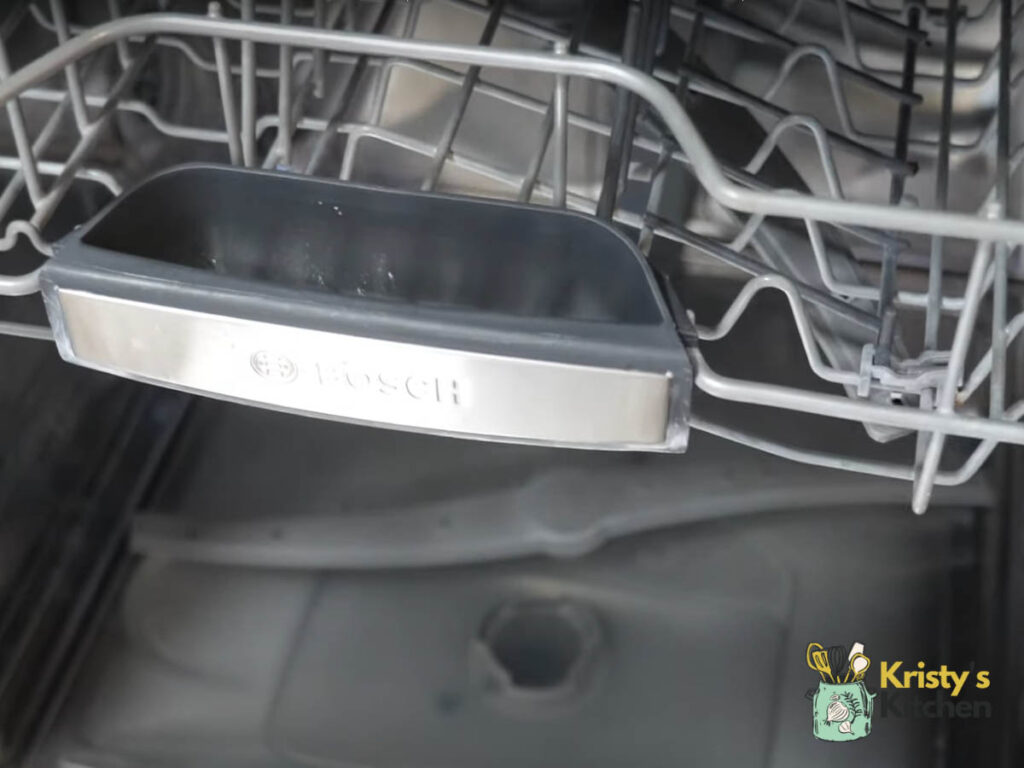
Let’s talk about all the ways this could potentially be happening.
Faulty Drain Pump
The drain pump in your Bosch dishwasher is responsible for removing water.
If it’s not working properly, it may not be able to remove water effectively, possibly due to a broken part.
Malfunctioning Wash Impeller
The wash impeller helps move water during the wash cycle.
If it’s damaged or not working correctly, it may not create enough force to drain the water properly.
This can happen if there are leftovers or debris blocking the impeller.
Clogged Filter
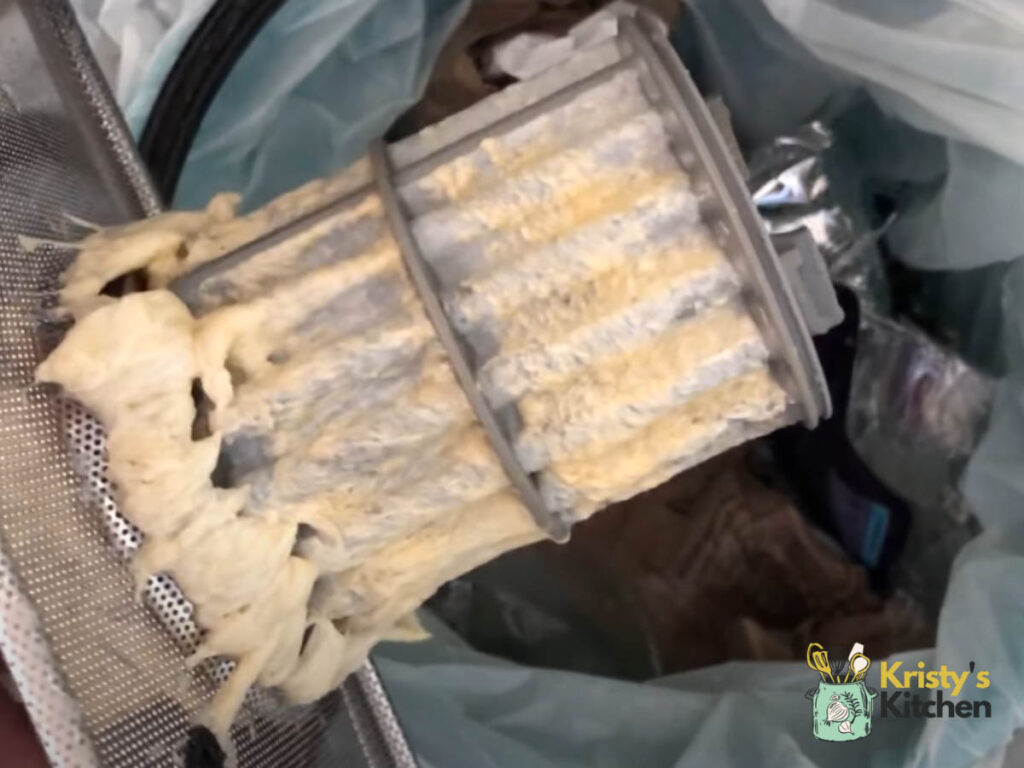
What if instead of some part of the drainage system being clogged, it’s a part of the filtration system?
Sometimes, there’s a buildup of debris or food particles that gathers in the filter assembly of the dishwasher.
The filter is designed to catch and trap these particles to prevent them from recirculating and potentially clogging the dishwasher’s internal components.
However, when the filter itself becomes clogged, it can hinder the flow of water and affect the dishwasher’s draining performance.
Damaged Check Valve
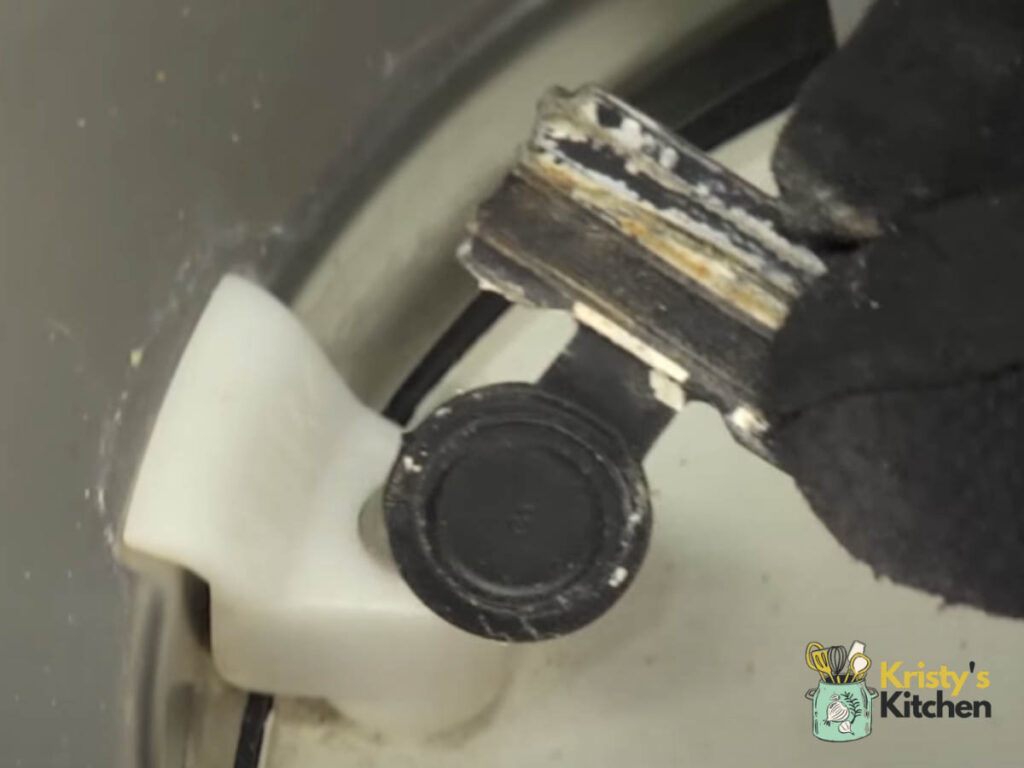
The check valve prevents water from flowing back into the dishwasher after it’s been drained.
If it’s damaged or stuck, it may allow water to flow back, causing drainage issues. Sometimes, debris or damage can affect the valve’s functionality.
Kinked Drain Hose
The drain hose carries water from the dishwasher to the drainage system.
If it’s bent or twisted, it can restrict the water flow, resulting in poor drainage. Check for any bends or obstructions in the hose that may be causing it to kink.
Malfunctioning Control Board
The control board controls various functions in the dishwasher, including the drainage cycle.
If it’s not functioning correctly, it can disrupt the drainage process. This could be due to glitches in the board’s operation or straight out broken internal components.
Fix For Bosch Dishwasher Not Draining Even Without Clogs
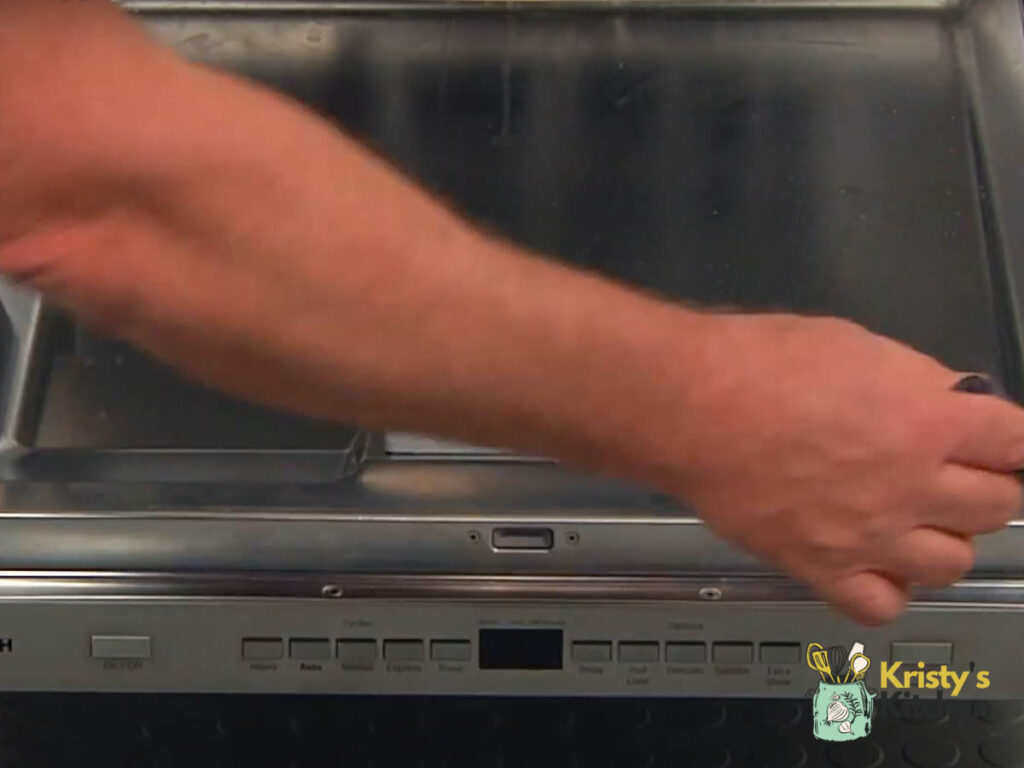
So, how do you fix things? Here are some of the best solutions.
1. Clearing The Drain Pump
A faulty drain pump or a blockage in the pump can impede proper drainage in your Bosch dishwasher.
How Do I Test My Bosch Dishwasher Drain Pump?
While this is usually the most common reason, you should do a test of the drain pump first. Here’s how that works.
- Remove the sprayer arm’s retaining cap and any other covering components to access the drain pump.
- Set the multimeter to Rx1 mode (resistance/continuity testing).
- Touch the multimeter probes to the drain pump terminals and check for a reading close to zero, indicating continuity.
- A significantly high or no reading suggests a faulty pump that may need replacement.
Replacing The Pump

If it turns out that yours needs a replacement, you can follow these steps to do the job:
- Disconnect the power supply to the dishwasher.
- Remove the lower spray arm and lower dish rack.
- Locate the drain pump at the bottom of the dishwasher.
- Disconnect electrical connections and hoses from the pump.
- Remove any mounting brackets, screws, or clips holding the pump in place.
- Install the new drain pump, securing it with the appropriate hardware.
- Reconnect hoses and electrical connections to the new pump.
- Reassemble the dishwasher by replacing the lower dish rack and spray arm.
- Restore power and test the dishwasher to ensure proper functioning.
2. Inspect and Replace the Wash Impeller
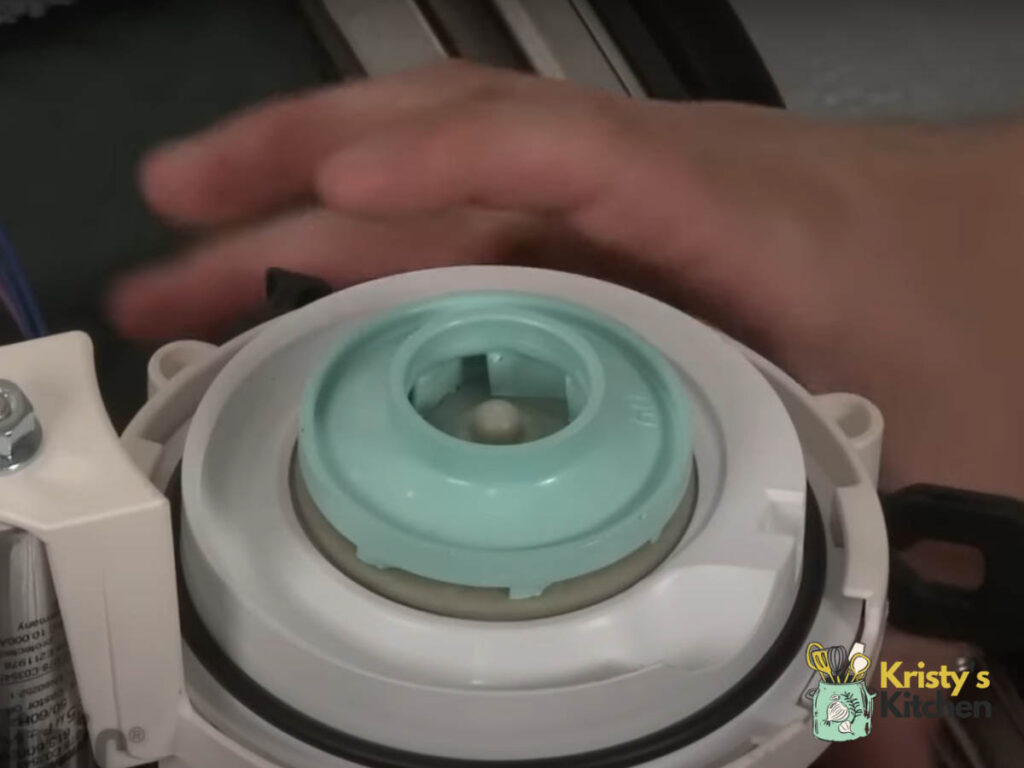
If the wash impeller is faulty or damaged, it can affect the dishwasher’s ability to circulate water and drain properly.
Follow these steps to inspect and replace the wash impeller:
- Turn off the power supply to the dishwasher.
- Access the dishwasher pump cover located at the bottom front of the dishwasher.
- Remove the pump cover.
- Inspect the wash impeller for any visible damage or obstruction.
- If the impeller is damaged or shows signs of wear, it needs to be replaced.
- Contact a professional service technician or the dishwasher manufacturer to obtain the correct replacement part and instructions.
- Install the new wash impeller according to the manufacturer’s guidelines.
- Reinstall the pump cover securely.
- Restore power to the dishwasher and check if the drainage issue is resolved.
3. Clean the Filter
If you suspect that a clogged filter is causing the drainage problem in your Bosch dishwasher, follow these steps to clean it:
- Turn off the dishwasher and disconnect the power.
- Locate the filter assembly at the bottom of the dishwasher, typically found beneath the lower rack.
- Remove the filter carefully, you’ll need to look at your manual and find model specific instructions.
- Rinse the filter under running water to remove any debris or food particles.
- Inspect the area around the filter for any additional debris and remove it if present.
- Reinstall the filter securely, ensuring it fits properly.
- Place the lower rack back into the dishwasher.
- Restore power to the dishwasher and check if the drainage issue is resolved.
4. Replace the Check Valve
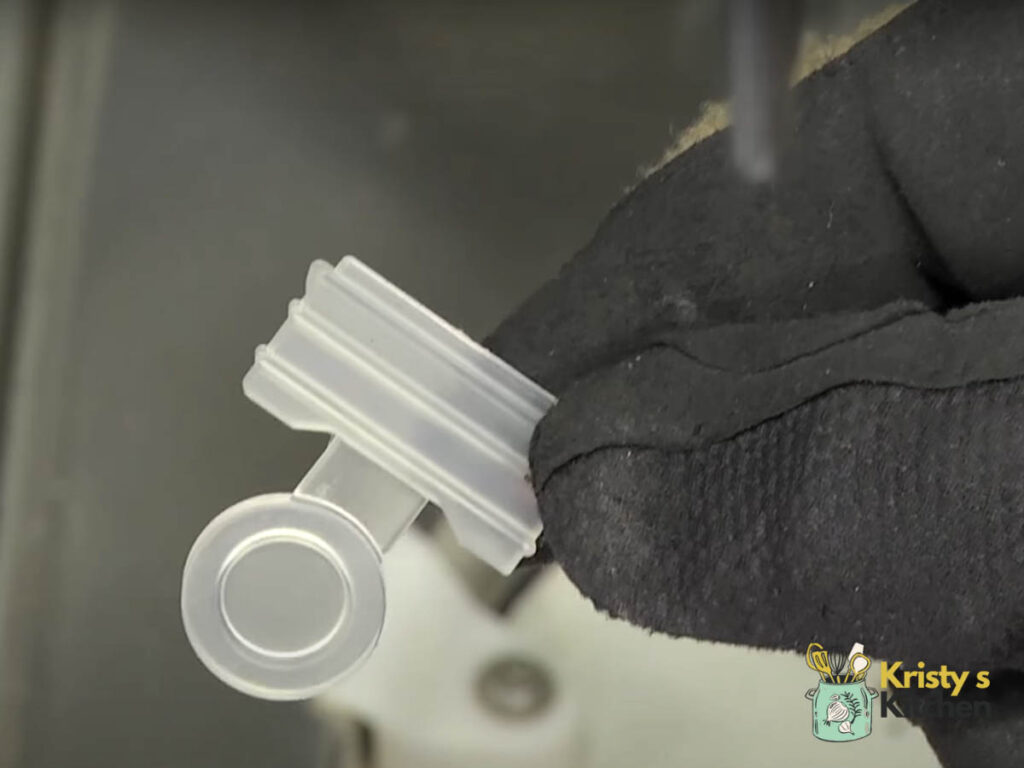
If the check valve is damaged or stuck, it can obstruct drainage. Here’s how to replace it:
- Turn off the dishwasher and disconnect the power supply.
- Locate the check valve near the drain pump or drain hose connection.
- Inspect the check valve for damage or obstruction.
- If the check valve is damaged or stuck, obtain a replacement part from the manufacturer.
- Install the new check valve according to the manufacturer’s instructions.
- Reconnect the power supply to the dishwasher and check if the drainage problem is resolved.
5. Straighten the Drain Hose
A kinked drain hose can prevent proper water drainage. Follow these steps to fix it:
- Turn off the power supply to the dishwasher.
- Access the back of the dishwasher and locate the drain hose.
- Check the drain hose for kinks, twists, or blockages.
- Straighten any kinks or twists in the hose.
- Reposition and secure the drain hose properly.
- Turn on the dishwasher and check if the drainage issue is resolved.
6. Troubleshoot the Control Board
If a malfunctioning control board is causing drainage problems, follow these steps:
- Turn off the dishwasher’s power supply.
- Remove screws securing the control panel and tilt it forward.
- Disconnect wiring harnesses or connectors from the control board.
- Inspect for damage, burnt components, or loose connections.
- Seek professional assistance or contact the manufacturer if issues are found.
- Reset the control board by turning off the dishwasher, unplugging it, and waiting a few minutes.
- Reinstall the control board and reconnect wiring.
- Secure the control panel with screws.
- Restore power and check if the drainage issue is resolved.
How Do I Force My Bosch Dishwasher To Drain?
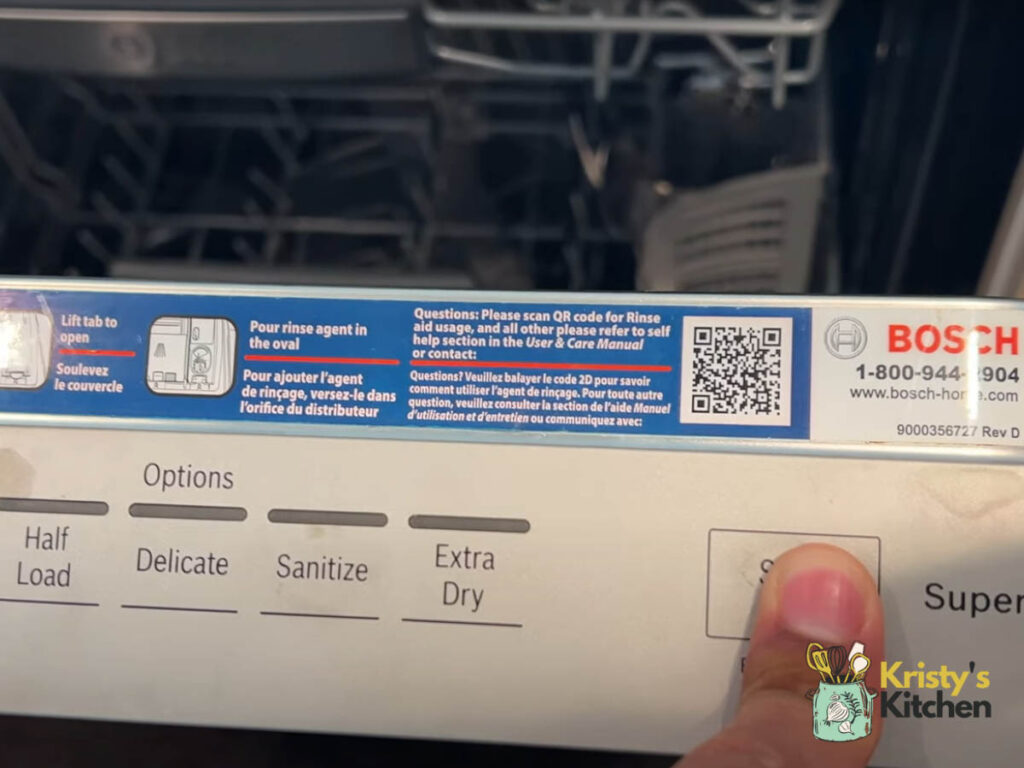
If your Bosch dishwasher is not draining, you can manually force it to drain.
So, how can you manually drain Bosch dishwasher? Just follow these steps.
- Cancel The Current Cycle: Press the “Cancel” or “Reset” button on the control panel.
- Remove Blockages: Open the dishwasher door, remove any visible debris blocking the drain, and clean the drain filter.
- Replace The Filter: Thoroughly clean the drain filter and securely place it back.
- Initiate Drain Cycle: Close the dishwasher door and select the “Drain” or “Pump Out” option on the control panel.
- Wait For Drainage: The dishwasher should start draining the water, and you may hear the sound of water being pumped out.
Tips To Prevent Draining Issues In Bosch Dishwashers
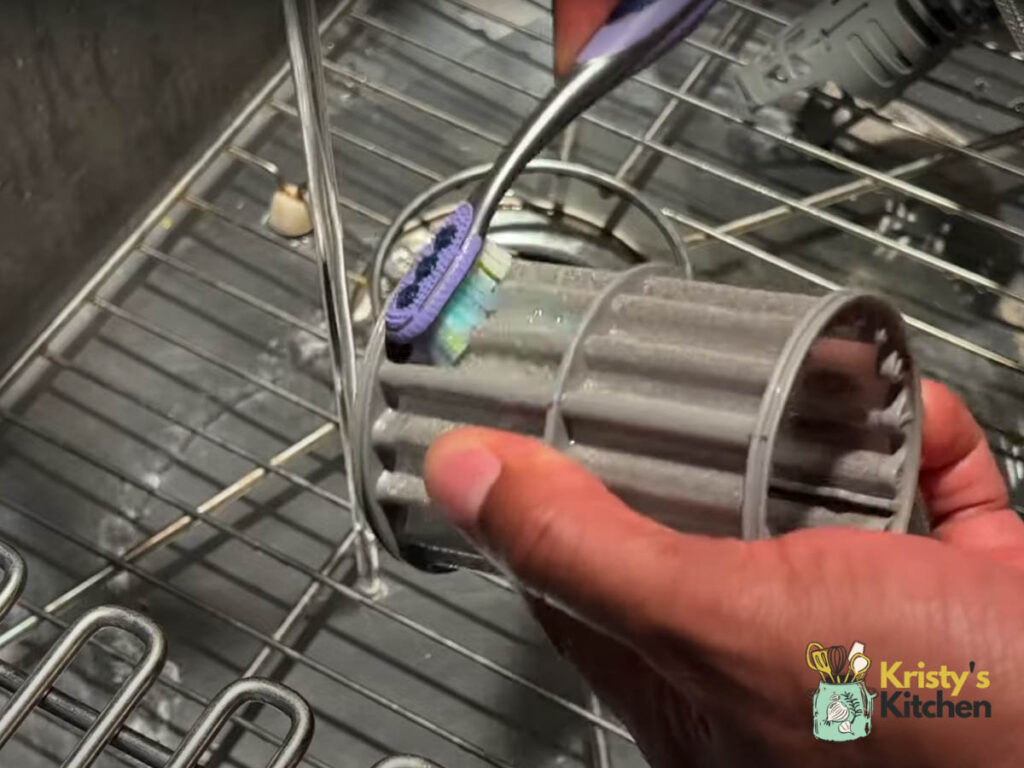
Here’s how to prevent draining issues in your Bosch dishwasher:
- Clean the drain filter regularly.
- Pre-rinse dishes to remove excess food particles.
- Check and clean the spray arms.
- Use dishwasher-safe detergent.
- Avoid overloading the dishwasher.
- Run hot water before starting a cycle.
Following these tips helps maintain proper drainage and optimal dishwasher performance.
FAQs
What is the Bosch dishwasher drain error code?
The E24 or E25 error code on a Bosch dishwasher indicates a drainage issue. It means that the dishwasher is not draining properly.
Where is the drain pump on a Bosch dishwasher?
The drain pump is typically located behind the sprayer arm.
What button drains the bosch dishwasher?
The “Drain” or “Pump Out” button on the control panel drains the bosch dishwasher.
Final Thoughts
There you go – these fixes will help your stubborn dishwasher drain again.
You’ll no longer have to deal with having a potential mess, so you get both clean dishes and a clean kitchen
So, try out what I’ve shared and get yourself a smooth running dishwasher so you can focus on sharing meals with loved ones.
